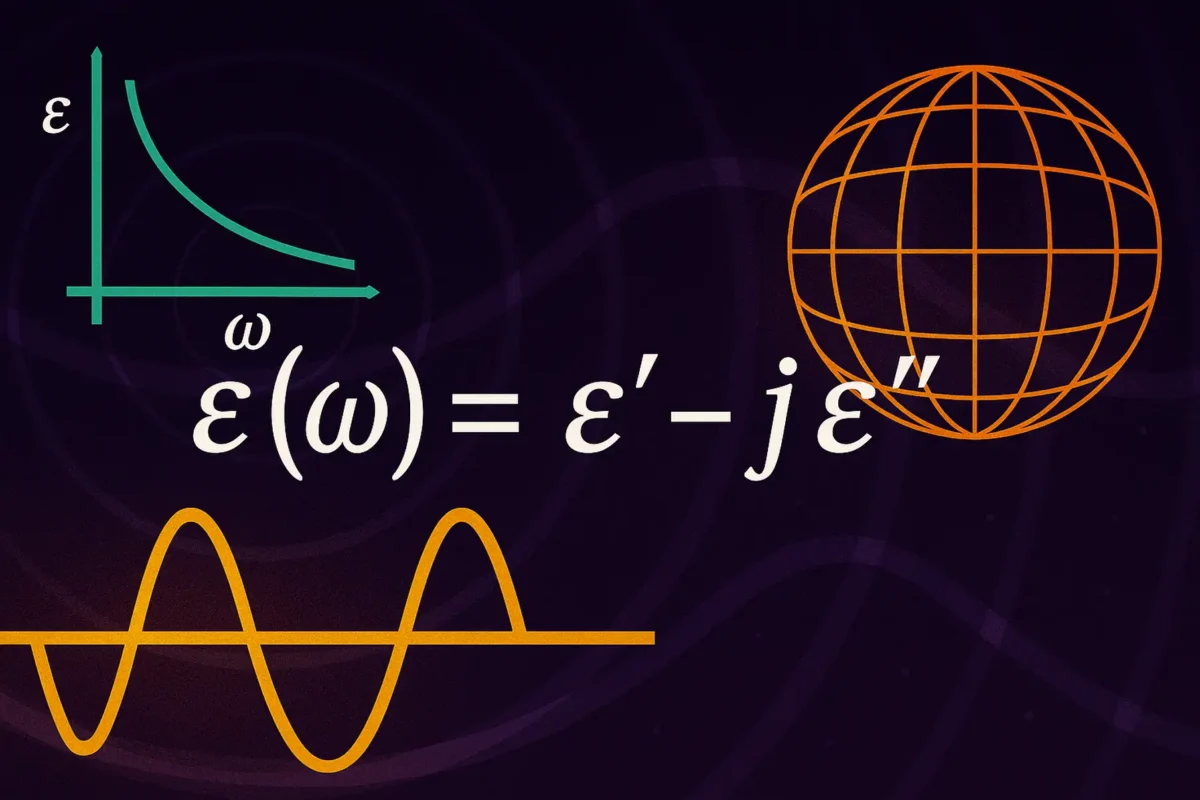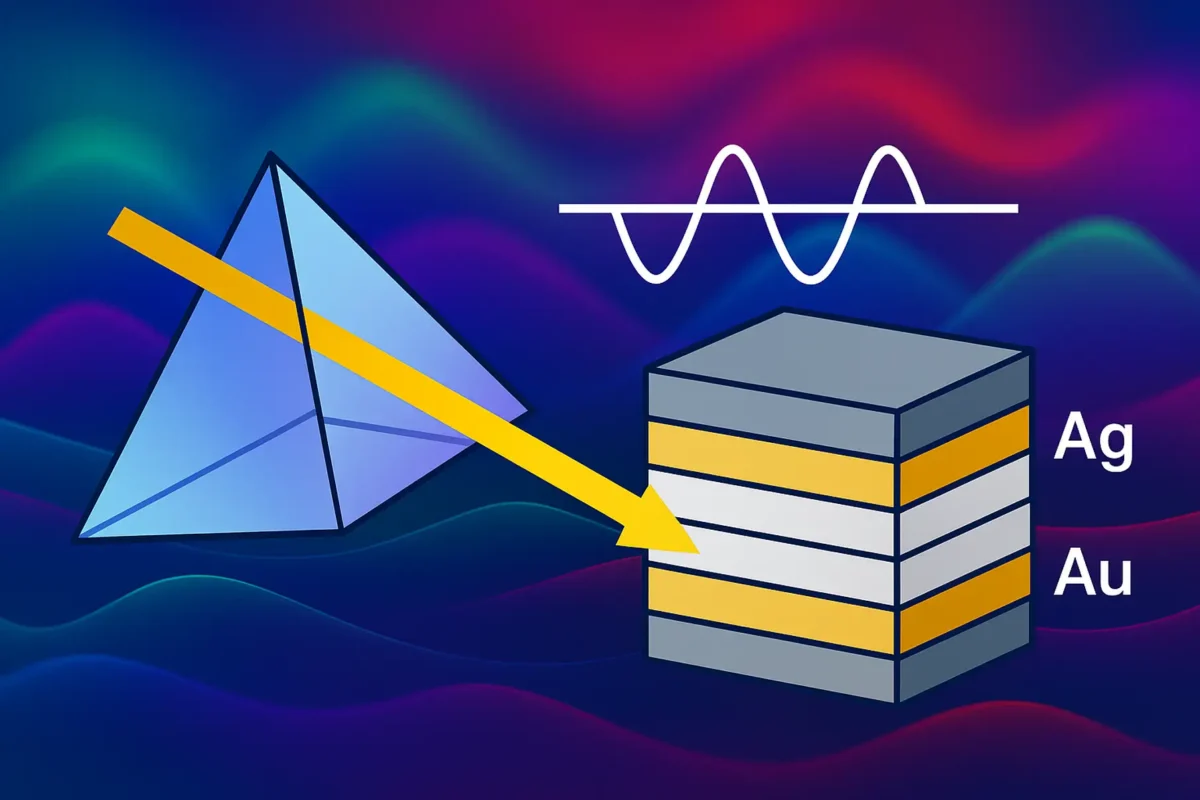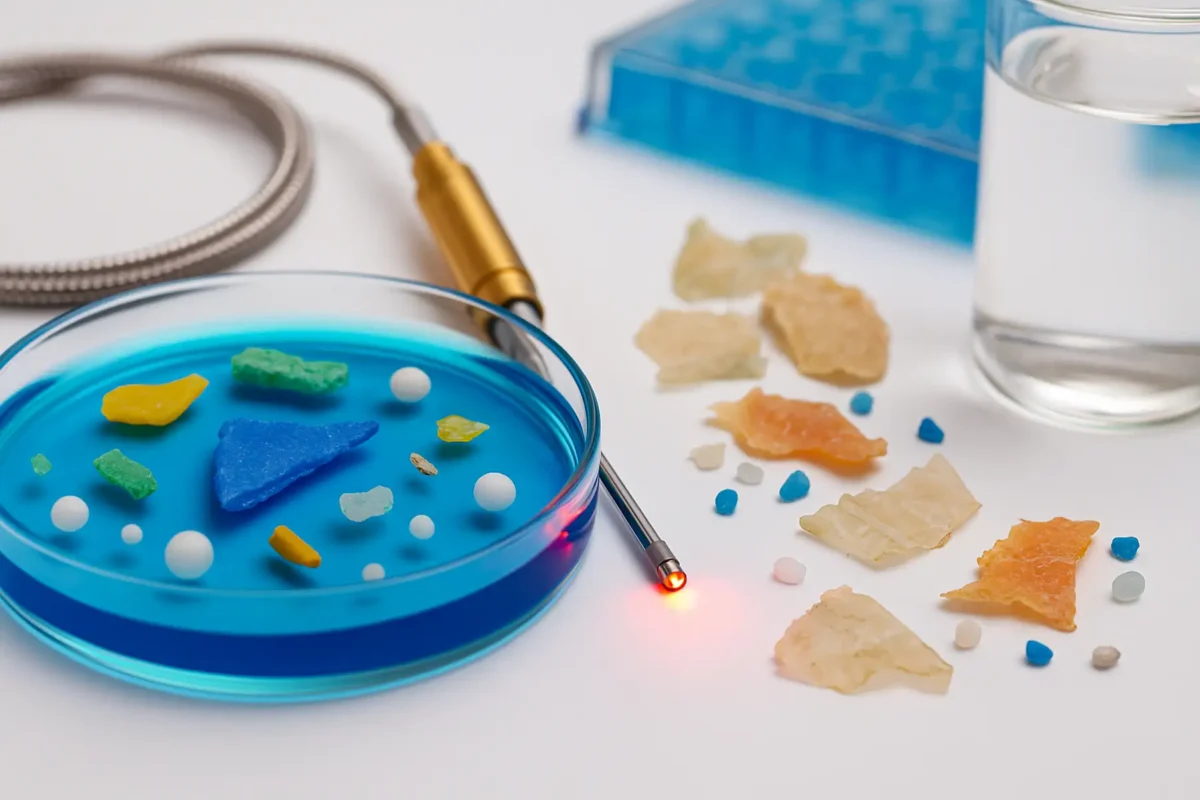Introduction Zeta potential, often denoted as ζ-potential, is the electrokinetic potential that develops at the slipping plane of a particle in a liquid medium. It quantifies the electrical potential difference between the dispersion medium and the stationary layer of fluid attached to the dispersed particle. In simple terms, it measures the degree of electrostatic repulsion […]










